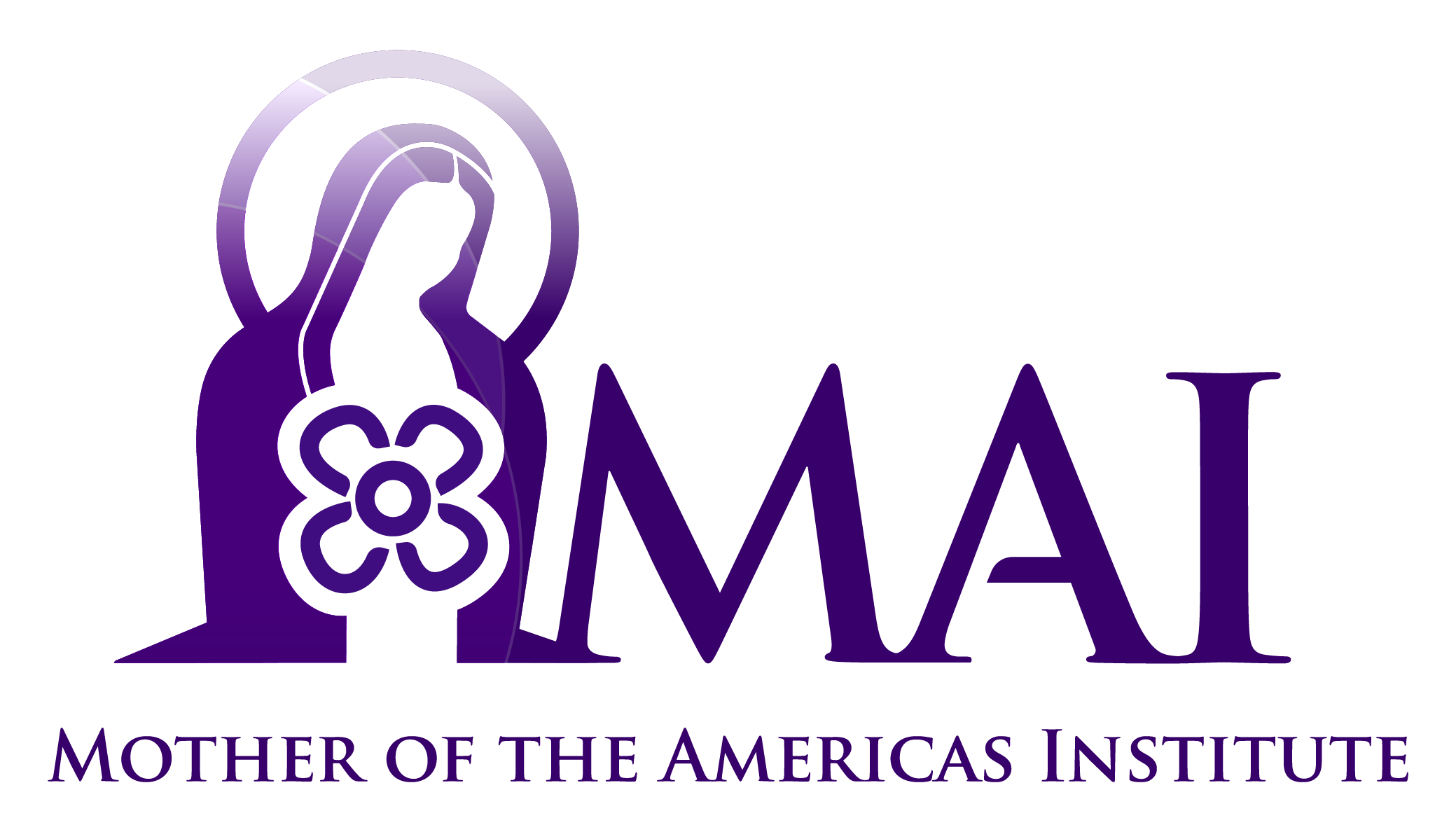Now hope that is seen is not hope. For who hopes for what he sees? But if we hope for what we do not see, we wait for it with patience (Rom 8:24-25)
How are we to understand the meaning of hope? A first step is to consider that there are in fact two sins against hope, despair and presumption (see Catechism of the Catholic Church, paragraph 2091). This reveals that, just as with faith, there must be a human aspect to hope. The Catechism also indicates that hope is one of the theological virtues and so likewise, it must also have a divine aspect. We use the word “aspect” to indicate that there is no separation of the human and the divine, hope is one thing and comprised not of separable parts, but of a unity of human and divine contributions (possible only because of the seamless unity of the human and divine in the Person of the Son—the Hypostatic Union).
To look more closely at the human aspect, let us again turn to the sin of despair. Despair is often described as the loss of hope. However, the term “loss” may be misleading. One cannot sin against hope if it is not first, a human act; that is, an act of the intellect and will. To be sinful, one must make a purposeful choice to abandon hope. Sinful despair cannot be the passive loss of it. So there are similarities between faith and hope. In fact, the epistle to the Hebrews reveals a very close connection between faith and hope: “faith is the assurance of things hoped for” (Heb 11:1). As with faith, hope must have some object. Peter explains that what is hoped for is the fulfillment of a promise to be fulfilled sometime in the future—redemption, eternal life (see 1 Pt 1:3-4). However, he explains that the object is not simply something; he says that our “faith and hope are in God” (1 Pt 1:21).
Like faith then, it becomes clear that the object of hope is ultimately a Person, Jesus Christ. This divine Person is also the living incarnation of Truth Who promises we will enter into the eternal life of the Trinity if we remain in Him throughout our earthly lives. The human act then is an act of the will that commits one to this expectation, however as with faith, the human act alone is insufficient for salvation. Hope must be raised to the level of the divine through the assistance we call grace. It is through God’s bestowing upon us the theological virtue of hope in response to our commitment of the will to Him and His promise that our hope becomes salvific.
We can say that hope is an act that is inseparable from that of faith but hope is distinct, because it is future oriented. Pope Emeritus Benedict XVI explains the inextricably intertwined character of faith and hope. It is theological faith that draws the future orientation of hope into the present. We don’t reach out into the future with a human hope; supernaturalized (theological) hope is one that is drawn into the present assurance of the future promise by supernaturalized (theological) faith (see Spe salvi, 7).
So let us ask the question about Blessed Teresa of Calcutta and hope; did she lose hope over the years of her extraordinarily long dark night? Given our analysis, the answer is definitively, no! One cannot lose hope and keep faith, or vice versa. As with her faith, even in the midst of the desolation of her senses, she remained steadfast in her will to remain committed to her Bridegroom and to trust in His promises. But what about love; what happened to Blessed Teresa’s love (or anyone’s love) in the dark night? We will look at that question in our third part.
This series ends with Love and the Dark Night.




